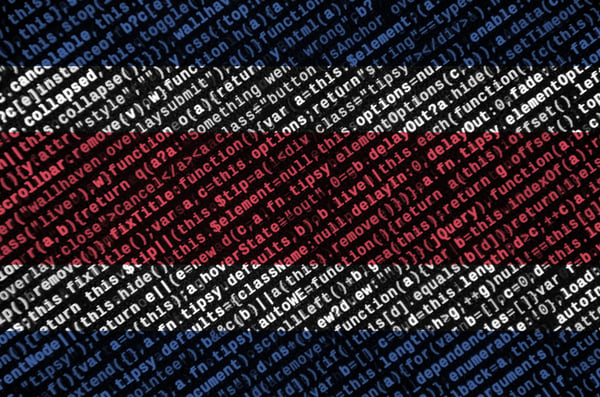August 17, 2020 • Ofir Ashman
RANSOMWARE NEWS JUST KEEPS ON COMING
3Min read
•
Cyber Attacks,
ISP,
malware,
Ransomware,
security breach,
endpoint security,
maze ransomware


![OnePercent Ransomware Group Still Active - now on 34.231.28[.]159](https://www.threatstop.com/hs-fs/hubfs/onepercent-1.png?width=600&name=onepercent-1.png)
